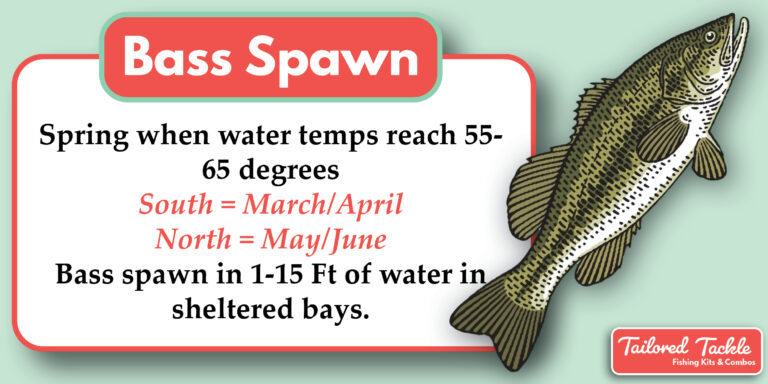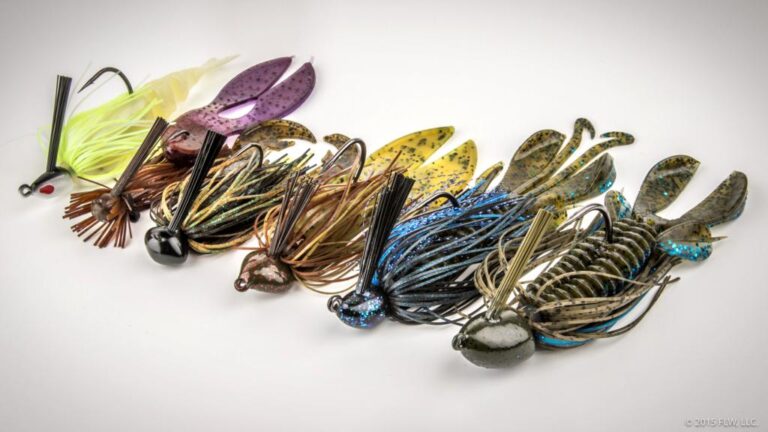How to Fish for Bass With Plastic Worms
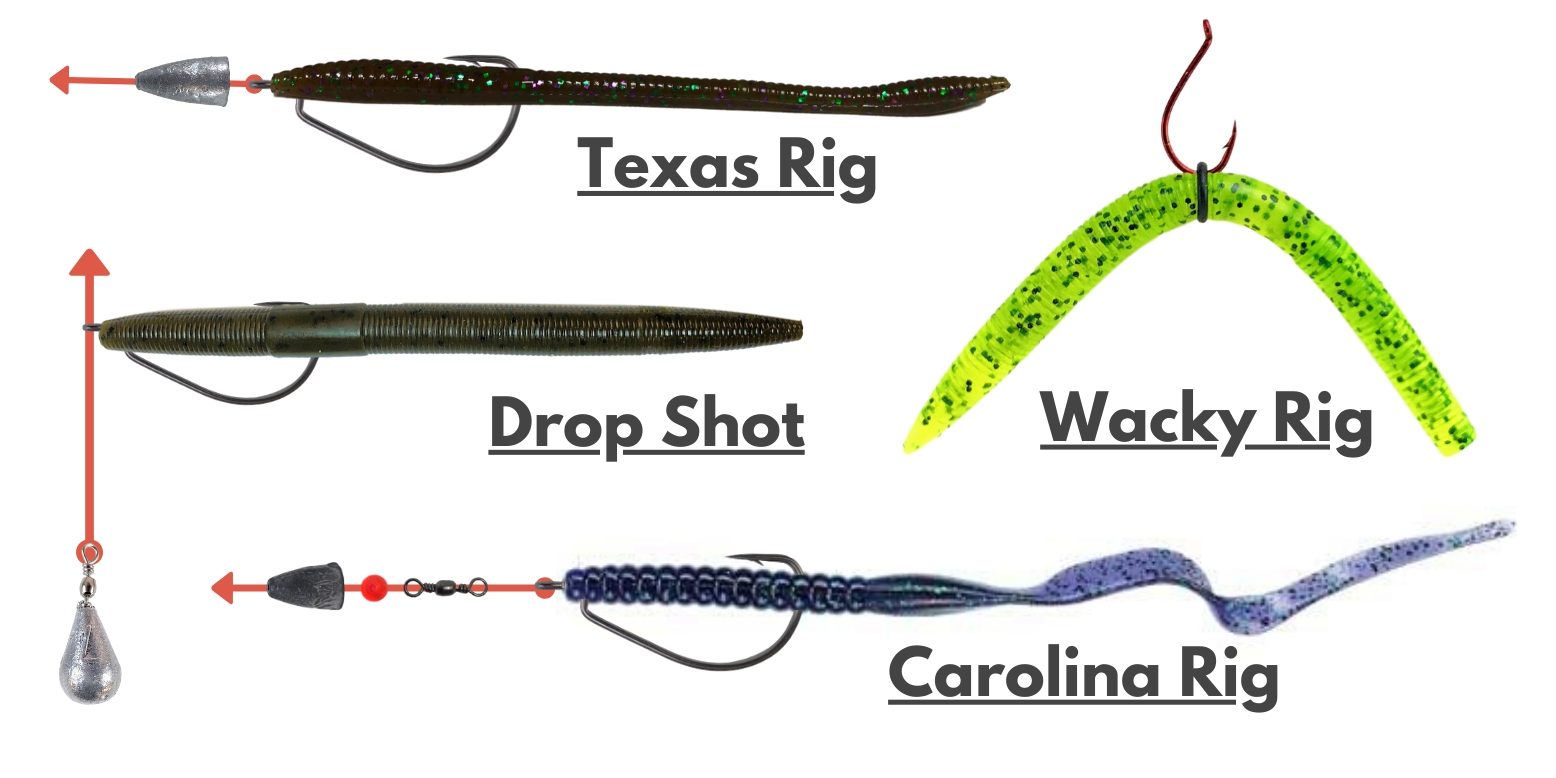
To fish for bass with plastic worms, thread the worm onto a hook, and use a slow, steady retrieve. Choose a worm color that mimics local forage for best results.
Fishing for bass with plastic worms is a time-tested technique beloved by anglers everywhere. These lures are incredibly versatile and can be used in a variety of water conditions to tempt even the wariest of bass. Successful worm fishing hinges on replicating the natural movement of live bait, so an angler’s attention to detail can make a significant difference.
With an assortment of styles, such as the classic ribbon tail or the more modern senko, fishermen can adapt their approach to match the behavior of local prey. By focusing on areas with cover, such as logs, weed beds, or docks, and refining your retrieval technique, you can increase your chances of a rewarding catch. Whether you’re a novice or an experienced bass hunter, mastering the art of fishing with plastic worms is a crucial skill for your angling arsenal.
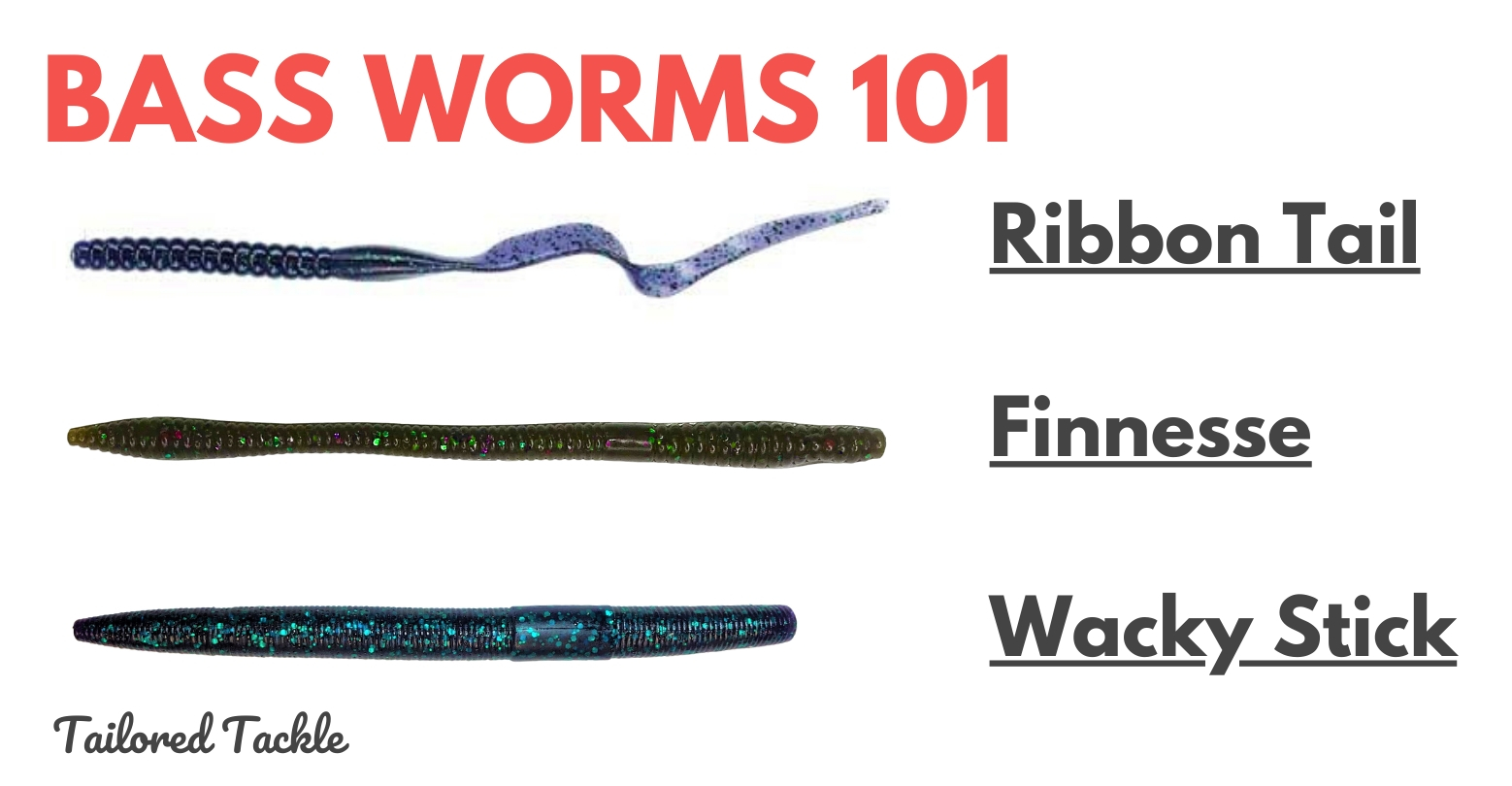
Credit: tailoredtackle.com
Essentials Of Bass Fishing With Plastic Worms
Choosing the Right Plastic Worm is a key step in bass fishing. Different shapes, sizes, and colors match various fishing conditions. A slim, straight-tail worm excels in clear water. Ribbed styles displace more water, making them ideal for murky depths. Bright colors work best in dark waters, while natural shades are perfect for clear waters.
Bass find plastic worms irresistible due to their lifelike movement and texture. These worms mimic real prey as they slither through the water. Using a slow, steady retrieve can entice a bass to strike. The sensation of a wriggling plastic worm often triggers an aggressive response from bass. This makes them an excellent choice for anglers at all levels.
Tackle Setup For Plastic Worm Fishing
Choosing the right fishing rod is vital for bass fishing with plastic worms. A medium to medium-heavy rod is ideal, ensuring enough backbone for setting the hook effectively. Look for a rod between 6.5 to 7.5 feet in length for optimal casting and sensitivity.
The perfect reel balances with your rod and enhances your fishing experience. A smooth, reliable reel with a good drag system is crucial. Consider a baitcasting reel for more control over casting and line management.
| Line Type | Advantages |
|---|---|
| Monofilament | Stretchy, good for beginners |
| Fluorocarbon | Invisible underwater, less stretch |
| Braided Line | Strong, no stretch, sensitive |
A fluorocarbon leader can be tied to braided line for invisibility. This setup creates the perfect combination for feeling bites and catching bass with plastic worms.
Mastering The Art Of The Rig
Bass fishing with plastic worms proves effective year-round. Familiarize with different rigs for success. Highlighted are three time-tested approaches.
The Texas Rig stands out for its simplicity and efficiency. To make it, slide a bullet weight onto the line. Next, tie a hook, and thread the worm onto it. Ensure the worm is straight to avoid snags and mimic natural movement.
| Rig | Setup | Best for |
|---|---|---|
| Carolina Rig | Weight followed by a swivel; leader line; then a hook | Deep waters and bottom feeders |
| Wacky Rig | Hook pierced through worm’s center | Provoking strikes in clear and shallow waters |
The Wacky Rig works well for bass in shallow water. Simply hook the worm in the middle. It creates a unique fall that entices bass.

Credit: www.youtube.com
Perfecting The Retrieve
Mastering the art of fishing with plastic worms is a game-changer for bass anglers. First, understand that a slow and steady retrieve is often key. A gentle pull followed by a pause allows the worm to mimic natural movement. This subtle action is irresistible to bass, especially in clear and calm waters.
Conversely, aggressive twitching of the rod tip can provoke bass into striking. This method works best when bass are active and hunting. Sharp twitches followed by short pauses give plastic worms a lively and erratic action. Bass find this hard to ignore. It’s great for stained or choppy waters where a bold presentation stands out.
Where To Find Bass With Plastic Worms
Bass favor different habitats depending on the water they’re in. Clear, still waters often mean bass will hide in submerged structures. Think about weed lines, submerged trees, and drop-offs. These spots are perfect for dropping a plastic worm.
Learn the lake’s layout to find these bass hotspots. Underwater maps can be great tools for this. Don’t forget to consider the time of year. Bass move around as the seasons change. In spring and fall, bass like to be in shallower water. During summer and winter, they go deep for more comfortable water temperatures.
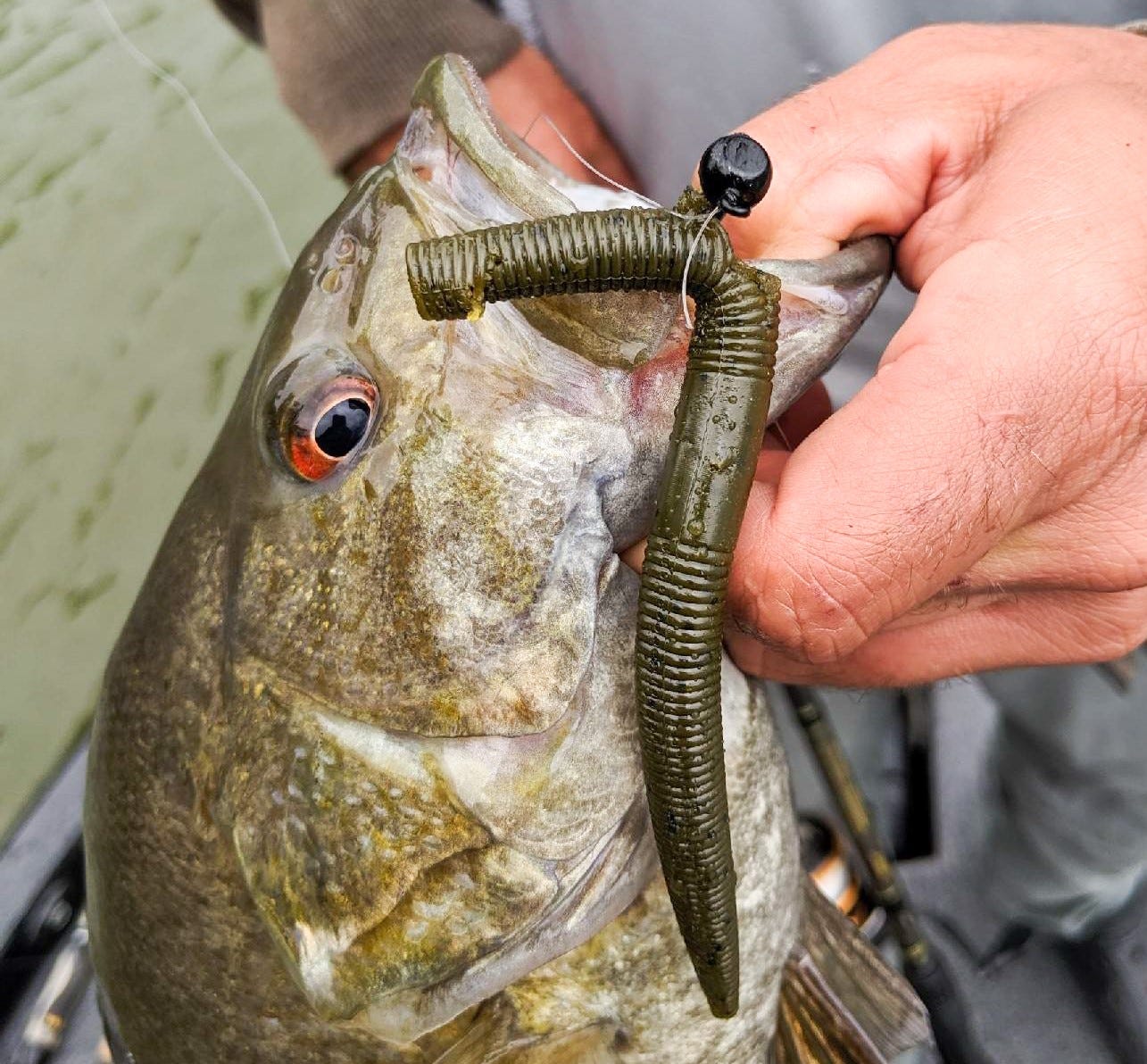
Credit: www.lurenet.com
Advanced Tips And Tactics
Understanding which color of plastic worm to use is crucial for successful bass fishing. Selecting the perfect match for the natural prey in the water can be a game-changer. Light conditions and the color of the water influence color visibility. In clear waters, opt for natural and subtle colors like green or brown. For murky waters, vibrant and bright hues such as chartreuse can attract more bass.
Knowing how to adjust your technique based on weather and water conditions is key. Sunny days may require you to fish deeper, as bass tend to avoid bright light. During overcast or rainy conditions, bass may roam more freely, thus shallower waters and the use of topwater worms can be very effective. Cold fronts can make bass lethargic, so slow down your retrieval and opt for a worm with a subtle action.
Frequently Asked Questions Of How To Fish For Bass With Plastic Worms
How Do You Rig Plastic Worms For Bass Fishing?
To rig plastic worms for bass fishing, thread the hook through the worm’s head, then bury the hook point back into the body for weedless setup. Alternatively, use a Texas rig for the bottom or a Carolina rig for depth.
Keep the worm straight to avoid line twists.
How Do You Fish For Bass With Worms?
Select a soft plastic worm bait for lifelike movement. Thread the worm onto a hook using Texas or Carolina rigging for weedless performance. Cast near structures where bass hide, like logs or weeds. Retrieve slowly to mimic natural prey, occasionally twitching the rod tip for action.
What Color Plastic Worm Is Best For Bass?
The best color for a plastic worm for bass fishing generally varies, but dark colors like black and blue and natural greens are highly effective.
Do Plastic Worms Work For Bass?
Yes, plastic worms effectively attract and catch bass, making them a popular choice among anglers for successful bass fishing.
Conclusion
Mastering bass fishing with plastic worms takes practice, but the rewards are worth it. Embrace the tips shared, and tailor them to local waters. Success will follow for anglers at all levels. Tight lines and happy casting as you reel in those impressive bass!


